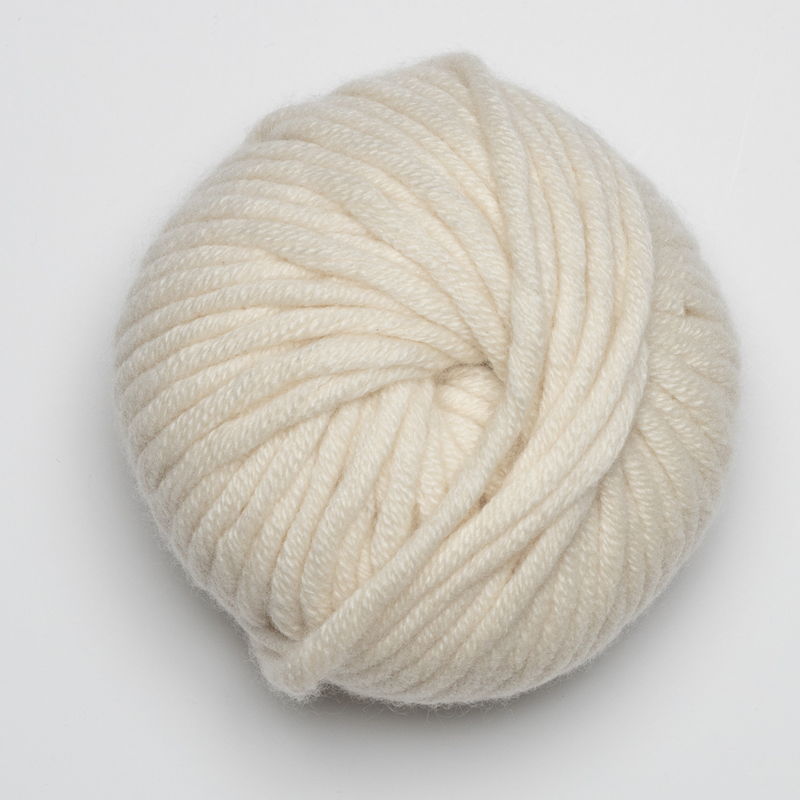Exploring the Past of cashmere and Its Role in Contemporary Fashion
Exploring the Past of cashmere and Its Role in Contemporary Fashion
Blog Article
Recognizing the Different Kinds Of Cashmere a Natural Fiber and Their Distinct Benefits

The Beginnings of Cashmere: A Historical Overview
While the elegant touch of cashmere continues to beauty contemporary customers, its beginnings trace back to the extreme, cold climates of Mongolia and the Mountain ranges. For centuries, the indigenous individuals of these regions have been increasing Capra Hircus goats, the prime source of cashmere wool. These goats, resistant versus the severe winter seasons, expanded a fine undercoat to endure, which later came to be referred to as cashmere. The name itself pays homage to Kashmir, an area in India where the woollen was originally processed. Much of the early cashmere trade course was promoted by the Silk Roadway, linking Asia with the Middle East and Europe. In spite of its global spread, the finest cashmere is still thought to stem from the initial areas of Mongolia and the Himalayas.

The Manufacturing Refine: From Goat to Garment
Shearing a Capra Hircus goat notes the beginning of the detailed cashmere production process. The resultant raw cashmere is after that cleaned to remove impurities such as dirt, vegetable, and grease matter.
The clean fiber goes through dyeing, rotating, and weaving, or knitting, to transform it right into a textile. Facility procedures like quality control checks and finishing processes follow, guaranteeing the end product maintains the glamorous standard expected of cashmere. This painstaking process, from goat to garment, justifies the high price affixed to cashmere products, making them a sign of high-end and refinement.
The Numerous Sorts Of Cashmere: An Extensive Analysis

The Distinct Benefits of Cashmere: Comfort and Sustainability
Moving from the variety of cashmere types to the benefits they use, comfort and sustainability attract attention plainly. Cashmere, an all-natural fiber, is renowned for its unrivaled softness, providing a level of comfort that synthetic fibers can not match. The product's lightness, yet remarkable warmth retention, makes it ideal for all periods. Additionally, cashmere's natural elasticity permits it to go back to its original form, making it resistant to stretching or diminishing.
When it comes to sustainability, cashmere is biodegradable and eco-friendly, as it's gathered from cashmere goats who regrow their layers every year. what is cashmere. Unlike synthetic fibers which can take hundreds of years to disintegrate, cashmere's influence on the environment is very little. This mix of comfort and sustainability makes cashmere a useful selection for aware consumers

Taking Care Of Your Cashmere: Upkeep and Preservation Tips
While cashmere is certainly a lasting and luxurious selection, it needs specific like maintain its high quality and expand its life expectancy. To start, cashmere ought to be hand washed using cool water and a mild cleaning agent. Avoid turning or wringing the garment as it can harm the fibers. Rather, carefully press out excess water and lay it flat on a towel to completely dry. Cashmere items must be kept in a great and dry area, away from direct sunshine and dampness. Using moth repellents can shield these garments from potential damage. It's advisable to prevent hanging cashmere to avoid stretching. Rather, layer and shop them appropriately to keep their shape and high quality over time.
Buying Cashmere: Understanding Its Worth and Worth
Although cashmere may at first look like a costly financial investment, its long-term value and worth ended up being evident when you consider look what i found its remarkable top qualities. Understood click over here now for its unrivaled soft qualities and heat, cashmere is a costs natural fiber that outperforms other materials. Its high demand and limited supply add to its high price, yet its toughness guarantees it lasts for years, providing superb value for money. Cashmere pieces are classic, frequently becoming heirlooms gave via generations. what is cashmere. Its natural shielding residential or commercial properties provide heat without the bulk of artificial fibers. Spending in cashmere, therefore, is not practically present fashion patterns, but about welcoming a lasting, lasting, and luxurious lifestyle.
Final Thought
In recap, the type of cashmere one picks, be it Mongolian, Chinese, or Italian, is dictated by individual choices for heat, sustainability, deluxe, and budget plan. Comprehending the beginnings, manufacturing procedure, and distinct benefits of different kinds of cashmere can guide customers in their investment in this lavish natural fiber.
Whether it's the outstanding warmth of Mongolian cashmere, the affordability of Chinese cashmere, or the eco-conscious manufacturing of Italian cashmere, there's a tale to be uncovered behind each fiber kind. Cashmere, a natural fiber, is renowned for its unparalleled soft qualities, giving a degree of comfort that artificial fibers can't match.When it comes to sustainability, cashmere is naturally degradable and eco-friendly, as it's collected from cashmere goats that regrow their layers annually. Recognized for its exceptional soft qualities and heat, cashmere is a premium natural fiber that outperforms various other products. Recognizing the beginnings, production procedure, recommended you read and special advantages of various types of cashmere can lead customers in their financial investment in this lavish natural fiber.
Report this page